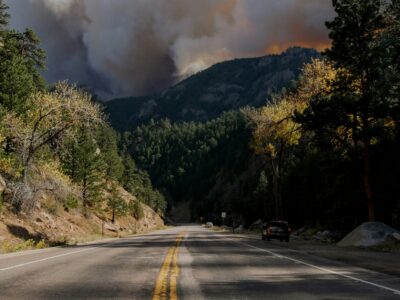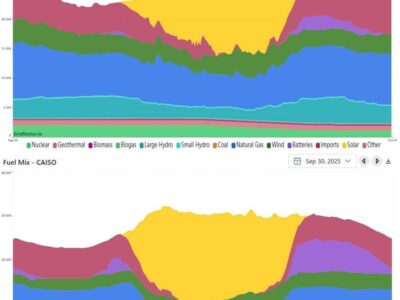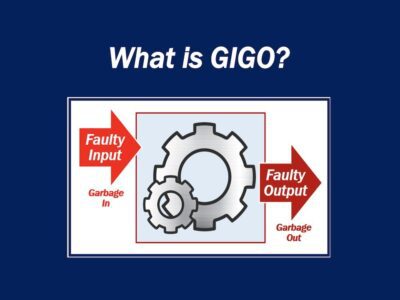Climate Adaptation
The Promise and Growing Pains of Managed Aquifer Recharge
By Dave Owen, Helen E. Dahlke, Andrew T. Fisher, Ellen Bruno, and Michael Kiparsky
Around the world, groundwater mismanagement is a major driver of water crises. An emerging method for addressing such mismanagement, called managed aquifer recharge, has generated excitement among scholars and water managers. In a newly published article (Owen et al. 2025), we argue that this excitement, while often justified, should also be tempered by acknowledgment …
Continue reading “The Promise and Growing Pains of Managed Aquifer Recharge”
CONTINUE READINGCalifornia Wonders if it is Doing Wildfire Risk All Wrong
The California Wildfire Fund seeks input from stakeholders on a range of possible reforms.
Senate Bill 254 (Becker) deservedly received a lot of attention when the Governor signed it into law earlier this year. After many twists and turns and late night speculation of will they/won’t they, SB 254 became a landing pad for a sweeping set of wildfire and electric utility policy adjustments. Among the headlines: Creation of …
Continue reading “California Wonders if it is Doing Wildfire Risk All Wrong”
CONTINUE READINGWill Technology Save Us? It Might Have To
Battery innovations provide at least some source for hope despite the Trump Administration’s war on renewable energy
There is little good out there, but it was nice to see this graphic recently. It’s a graphic of the daily energy usage in California broken down by source and by time period, according to the California Independent System Operator. That’s why you can see the yellow-gold area, representing solar capacity, expand during the daytime …
Continue reading “Will Technology Save Us? It Might Have To”
CONTINUE READINGLighting Candles in Dark Times: Environmental Law Centers in the Trump Era
These law school centers show it’s possible find ways to make a difference.
Environmental law have become vibrant parts of the law and policy ecosystem. At a time when despondency seems all too common, the work of these law school centers offers beacons of hope for the future of environmental protection. Some of that work is playing defense — pushing back against deregulatory efforts — while other work plays offense by identifying innovative directions for environmental policy. A comprehensive survey isn’t practical, but I’ll provide examples from several different centers.
CONTINUE READINGCalifornia Must Invest in Climate and Communities to Drive Climate Progress
The state has pioneered an approach—what’s worked, and what’s next?
As solar and other climate infrastructure construction accelerates, and with Californians concerned both about the cost of living and about seeing local opportunities result from climate projects, the conversation about community benefits (commitments to hiring and other local investments made by developers in connection with new projects) has grown increasingly animated in California and even …
Continue reading “California Must Invest in Climate and Communities to Drive Climate Progress”
CONTINUE READINGClimate Adaptation Finance: Garbage In, Garbage Out
A new study reveals the hard truth about the lack of real adaptation data.
Today in Science, a new study delicately uses a lot of words to tell us something that many have long suspected: we really don’t know what in the world is going on. The study, by three scholars at Oxford University’s Environmental Change Institute, notes that pretty much all climate adaptation funds focus on inputs — how much has …
Continue reading “Climate Adaptation Finance: Garbage In, Garbage Out”
CONTINUE READINGLast Year’s Climate Bond May Not Be What You Thought
While investing in important adaptation and resilience measures, Proposition 4 does less to create new clean energy infrastructure investments
Last year, legislators passed, the governor signed, and California voters approved, a ten billion dollar climate bond (the Safe Drinking Water, Wildfire Prevention, Drought Preparedness, and Clean Air Bond Act of 2024, SB 867 (Allen), which appeared on the November ballot as Proposition 4). While the bond act’s full title largely tells the story of …
Continue reading “Last Year’s Climate Bond May Not Be What You Thought”
CONTINUE READINGWe need integrated funding to scale up multibenefit projects
by Marie Grimm, Anna Serra-Llobet, Molly Bruce, and Michael Kiparsky
Climate and ecological challenges are fundamentally linked, demanding solutions that address both environmental and social issues. Multibenefit projects–like levee realignments that reconnect floodplains–can combine climate adaptation, water management and ecosystem restoration efforts. However, most funding programs focus on single-purpose projects, making it difficult to support multibenefit solutions. Our new article studies the Pajaro River flood …
Continue reading “We need integrated funding to scale up multibenefit projects”
CONTINUE READINGCoastal Act Requires Strict Protection from Harmful Seawalls
Students with UCLA’s Frank G. Wells Environmental Law Clinic are giving testimony before the California Coastal Commission on a critical issue.
As coastal communities up and down California contend with sea-level rise, they’re facing tough decisions about how to update their land use plans. One of UCLA Law’s environmental clinics is helping lead the way. Over the last several months students in the Frank G. Wells Environmental Law Clinic, Maeve Anderson, Mackay Peltzer, and Jacqueline Diaz …
Continue reading “Coastal Act Requires Strict Protection from Harmful Seawalls”
CONTINUE READINGChevron’s Losing Play to Avoid Big Damages
Chevron sponsored Super Bowl LIX events and science classes for New Orleans children just weeks before a Louisiana jury ordered it to pay $745 million in damages.
In February and March, Chevron generated headlines for its charity at the Super Bowl in Louisiana. This month, the oil company made very different headlines for being ordered to pay $745 million for damage to the Louisiana coast after a jury verdict. One of these stories shows the company as a town hero in a …
Continue reading “Chevron’s Losing Play to Avoid Big Damages”
CONTINUE READING












